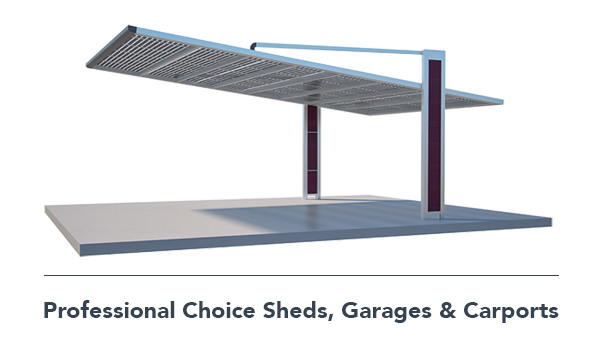Professional Choice Sheds & Garages – workshops – Ph: 0425 230 866 or 1300 851 038
Wind Classification in your Area – a simple guide
What is the Wind Classification in your Area – a simple guide
This is a more difficult question to answer than most would think;What is the Wind Classification in your Area – a simple guide should help to find your answer.
Wind grade classification? What does it mean and how do I know what it is for my area? Well, there are many variables and it’s not quite as simple as “I live in Solartown so my classification is ..” ??. Knowing the wind classification for your area will help with carport regulations you may need to know.
This article should help but ultimately, it’s your local council that will give you a definitive answer to the wind grade classification on your site.
A wind classification is subject to many factors. Any shielding caused by man-made objects and/or structures, the nature of the terrain, and the region that the structure is located can have significant impact on the answer.
Shielding
The shielding of your building is a major factor in wind classification. A protected space in between homes will be quite different to a home on top of a hill in a paddock in the same area.
If it is in the middle of an open yard, standing alone, then the structure would need to be stronger one located in a dense suburban area.
Generally, if the structure is near the coast then it would probably need to be stronger than one in a more protected inland area. Neighbouring structures can also influence the wind updraft in some sites.
Terrain
Terrain is categorised in three categories;1, 2, and 3. The categories are important in identifying wind grade as wind is altered by the local terrain. Wind can be influenced and deflected by terrain and neighbourhood structures.
- Category 1 is exposed terrain
- Category 2 is open terrain with scattered obstructions, ranging in height between 0.5m – 5m.
- Category 3 is terrain with numerous closely spaced obstructions – higher density urban areas usually with heights ranging from 3m-10m.
Region
The shielding of your building is a major factor in wind classification. A protected space in between homes will be quite different to a home on top of a hill in a paddock in the same area.
If it is in the middle of an open yard, standing alone, then the structure would need to be stronger one located in a dense suburban area.
Generally, if the structure is near the coast then it would probably need to be stronger than one in a more protected inland area. Neighbouring structures can also influence the wind updraft in some sites.
Australia is divided into classified regions. Regions are classified by maximum recorded wind speeds. Most of Australia is classified as region A; covering the south of the continent, the south generally including the southern coastal areas as well as the inland south. 90% of the country is classified in Region A.
Region B is coastal New South Wales and as far north as the Gold Coast.
Region C is the tropical cyclone areas mostly north of Rockhampton
Region D is the severe tropical cyclone areas including parts of the Western coastline of Australia.
This should help you understand your wind grade classification – if you are living in Australia, you have about a 90% chance of being in a category A area.
Further information can be found here. you can find more information here.
Now go back and have a look at our carports.
